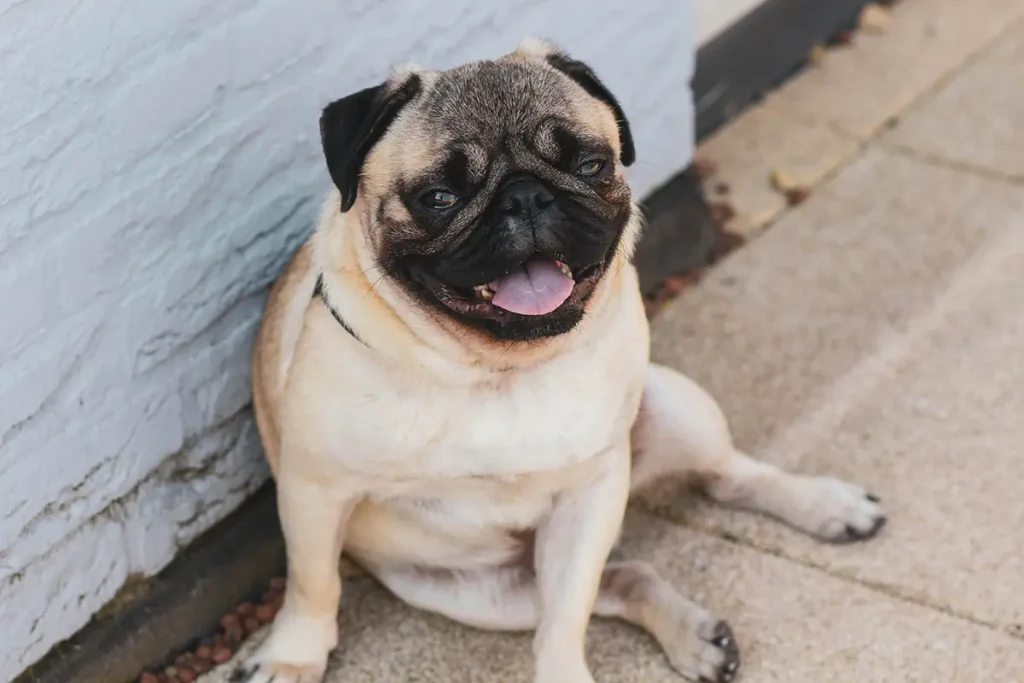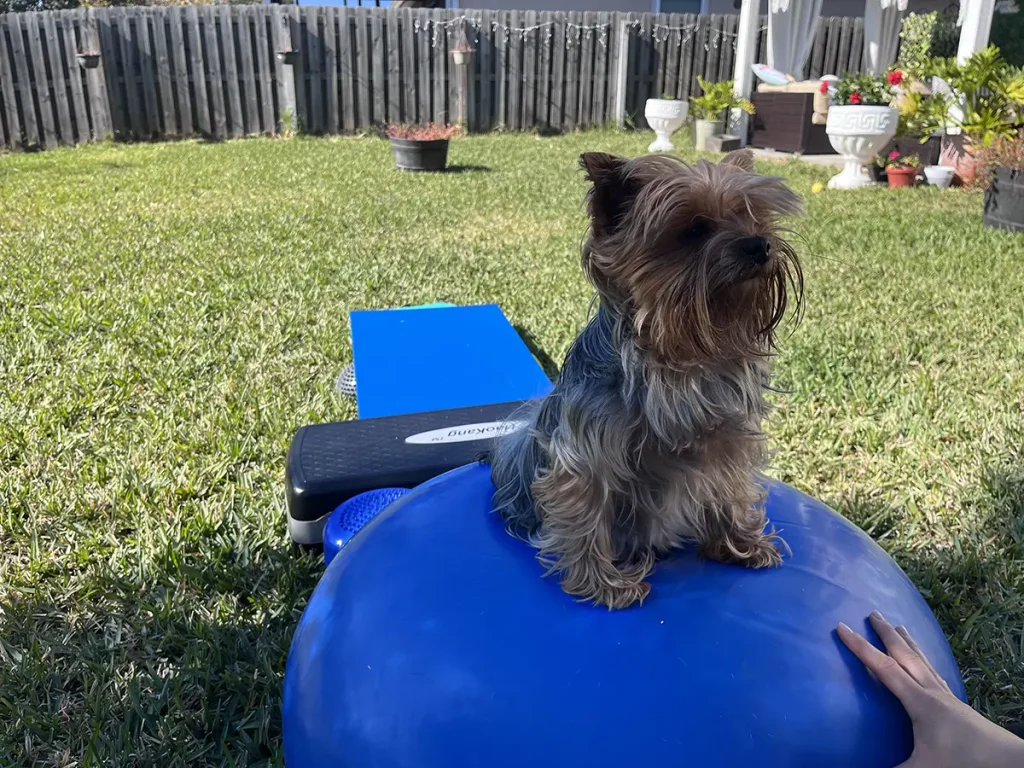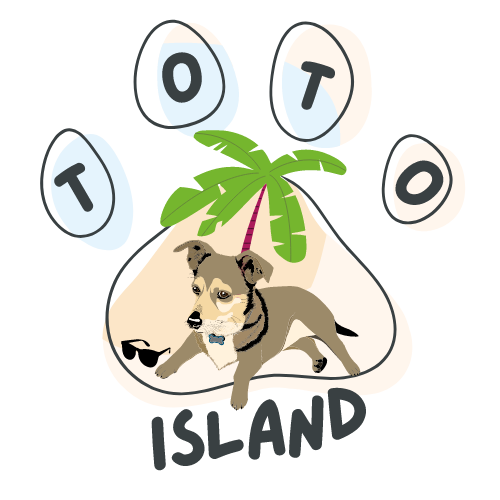Maintaining your dog’s healthy weight is vital for its overall well-being. Just like humans, dogs can face numerous health risks when they are overweight or underweight. While a little extra fluff can be cute, it’s important to recognize whether your dog is simply thick or genuinely overweight. Knowing how to monitor your dog’s weight can prevent a host of medical issues and improve their quality of life. In this blog post, we’ll explore how to tell if your dog is overweight, discuss the potential problems associated with weight issues, and offer solutions for managing your pet’s health and fitness.
Is my dog thick or fat?
It’s common for dog owners to wonder if their pet is just naturally thick or actually overweight. While some dog breeds have stockier builds, it’s important to differentiate between healthy weight and excess fat. The key is to feel your dog’s ribs. In a healthy dog, you should be able to feel the ribs without pressing too hard. If you have to press firmly to feel them, it may be a sign that your dog is carrying extra weight. Additionally, a visible waist when viewed from above is another indicator of a healthy body condition.

Is my dog fat or fluffy?
Distinguishing between a dog that is naturally fluffy and one that is overweight can be tricky, especially with breeds that have thick coats like Huskies or Pomeranians. One way to check is by gently pressing through the fur to feel the dog’s body. You should be able to feel the outline of the ribs, spine, and hip bones with a light touch. If the fur is masking a lack of definition, your dog may be overweight. A regular grooming routine can also help you better observe changes in your dog’s body shape and weight.
Are overweight dogs unhappy?
While a little extra weight might not seem like a big deal, overweight dogs can experience a significant reduction in their quality of life. Carrying extra pounds puts added strain on their joints, making movement more difficult and potentially painful. This can lead to less activity, which further exacerbates weight gain. In addition, overweight dogs are at greater risk for developing health conditions like diabetes, heart disease, and arthritis. As a result, they may seem more lethargic or less playful than they used to be, which can affect their overall happiness and well-being.
Common problems for overweight dogs
Overweight dogs face a variety of health challenges that can shorten their lifespan and decrease their overall quality of life. Joint issues such as arthritis are common, as extra weight puts additional stress on their bones and joints. Fat dogs are also more likely to suffer from respiratory issues, particularly breeds with shorter noses like Pugs and Bulldogs. Heart disease, diabetes, and reduced mobility are other serious concerns that can arise. These conditions can make everyday activities, like walking or playing, more difficult and less enjoyable for your pet.

What to do if my dog is underweight?
Just as being overweight is a concern, being underweight can also be problematic for your dog. If you notice that your dog’s ribs, spine, or hip bones are easily visible or feel sharp to the touch, it might indicate that they are underweight. First, consult your veterinarian to rule out any underlying health issues such as parasites or digestive problems. Once medical concerns are addressed, you may need to adjust your dog’s diet by adding higher-calorie foods or increasing their meal portions. It’s also important to monitor their feeding habits to ensure they are eating the proper amount for their size and breed.
Dog fitness: how to help your dog stay in shape
Keeping your dog active is one of the best ways to maintain a healthy weight and ensure they stay in shape. Regular exercise, such as daily walks, playtime in the yard, or games like fetch, helps burn calories and keeps your dog’s muscles strong. The amount of exercise a dog needs varies by breed, age, and health status, but most dogs benefit from at least 30 minutes to 2 hours of physical activity each day. Additionally, monitoring their diet is crucial. Ensure your dog is getting balanced nutrition and not overeating or indulging in too many treats. A dog fitness routine, combined with a healthy diet, can help prevent weight gain and keep your dog fit and happy.

Solutions for managing your dog’s weight
If you’ve determined that your dog is overweight, there are several steps you can take to help them get back to a healthy weight. The first step is adjusting their diet. Consult with your veterinarian to ensure your dog is on the appropriate diet for their breed, age, and health status. Consider switching to a lower-calorie dog food or reducing portion sizes while keeping track of how much your dog is eating each day. Additionally, make sure to limit treats, which can be high in calories.
Exercise is also crucial. Increase the amount of physical activity your dog gets each day, whether it’s through longer walks, playtime, or more interactive games. Gradual, consistent changes in both diet and exercise will yield the best results without putting unnecessary stress on your dog.
Maintaining your dog’s ideal weight is crucial for their overall health and happiness. Recognizing whether your dog is overweight or underweight can help prevent a host of medical problems and ensure your pet lives a long, healthy life. By following the simple checks and solutions outlined in this guide, you can monitor your dog’s weight effectively. Regular vet check-ups, a balanced diet, and sufficient exercise are key components in managing your dog’s weight and ensuring they remain active and healthy. Remember, a fit dog is a happy dog!
If you choose me as your dog masseuse or your dog’s fitness trainer, I will assess your dog’s condition every time, and if I find that your pet needs more rest, I will let you know.
For dog massage treatments and dog fitness training, feel free to contact me in the Saint Augustine area! Call us and we’ll arrange the first appointment! (904) 377 6291
Frequently asked questions: Is my dog overweight?
1. How do i know if my dog is overweight?
How to know if your dog is overweight? It’s very simple! You can tell if your dog is overweight by looking at his waistline from above and feeling his ribs. If you can’t feel the ribs easily without heavy pressure, your dog may be overweight.
2. What are the risks of my dog being overweight?
Fat dogs are at risk for conditions such as arthritis, diabetes, heart disease, and reduced mobility. These health problems can significantly affect your dog’s quality of life and lifespan.
3. How often should I exercise my dog to prevent weight gain?
Most dogs benefit from 30 minutes to 2 hours of exercise each day, depending on their breed, age, and health. Daily walks, playtime, and activities like fetch can help keep your dog fit and prevent weight gain.
4. What should I do if my dog is underweight?
If your dog is underweight, consult your veterinarian to rule out any health issues. You may need to adjust their diet by offering higher-calorie foods or increasing portion sizes while monitoring their feeding habits.
5. Can an overweight dog still be healthy?
While some dogs may carry extra weight and appear healthy, being overweight can lead to long-term health problems. It’s best to help your dog reach a healthy weight to avoid issues like joint pain and heart disease.
Source of images: Pixabay & Pexels
For more puppy and adult dog tricks and useful information, read more on the blog:
- Flying with a big dog
- Dog fitness basics
- Stress relief for dogs: Effective methods to reduce your dog’s stress
Pictures sources: pixabay.com, pexels.com

